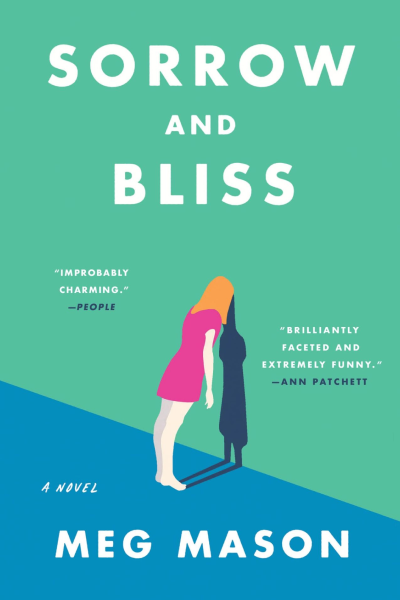
Hi there, I’m Kevan. I’m the co-founder of Bonfire. We are a brand agency for startups, and we host creative retreats in France. Say hi anytime!
Currently working on …
-
Building Bonfire. We do a lot of cool stuff around storytelling for brands and career coaching for individuals. And we love hearing from folks if you want to say hi.
-
It’s all about careers and the modern workplace, told from a marketer’s perspective. You can subscribe for free here.
-
It’s a narrative non-fiction story about how tech startups get funded—or don’t.
My bookshelf
Some of my favorite books I’ve read. You can see everything I read here, or follow me on Goodreads.
My writing
I’ve been writing online for 15+ years. Here are some of the most popular articles I’ve written about marketing, leadership, and creativity.













